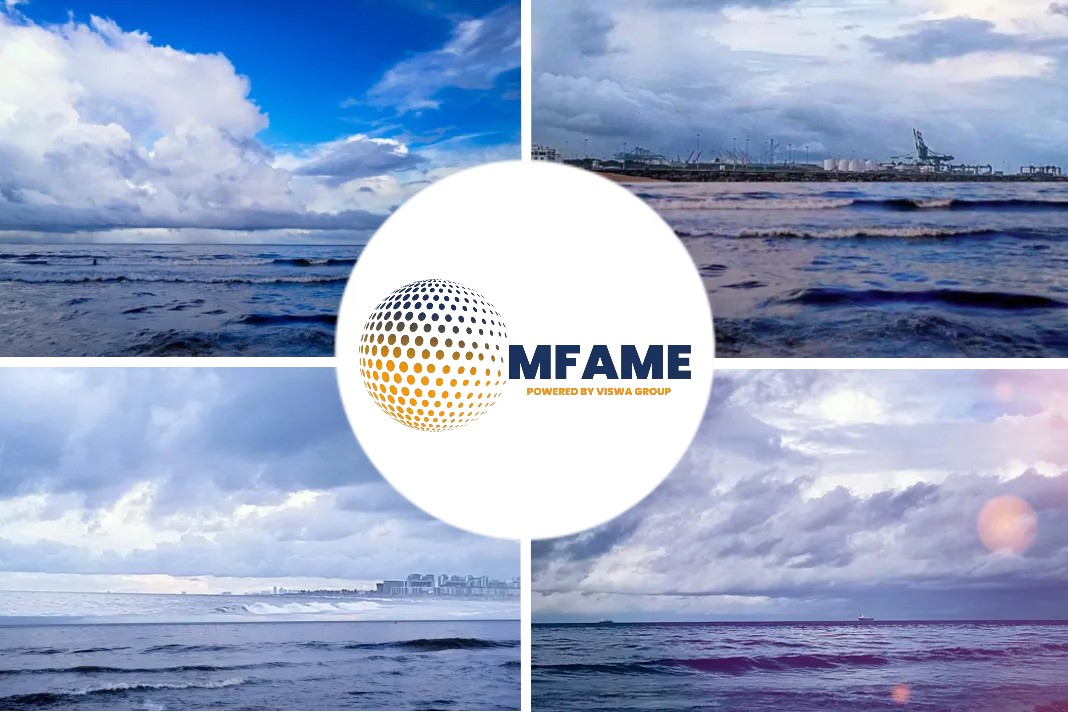
The container shipping industry is experiencing a complex landscape as freight rates decline post-pandemic, large vessels dominate the market, and decarbonization efforts shape the future. This article explores the challenges and trends in container shipping, from potential impacts on investments and safety initiatives to the risks and opportunities associated with mega ships.
- Declining freight rates pose threats to future investments and safety initiatives in the container shipping industry, raising concerns about maintenance levels and risk management budgets.
- The trend towards larger vessels driven by decarbonization targets presents both efficiency benefits and new risks, such as higher salvage costs and congestion challenges.
- Southeast Asia stands out as a hotspot for shipping incidents involving large vessels, demanding effective risk management and contingency plans to navigate through congested waters and narrow shipping lanes.
Investment and Safety Initiatives
The decline in freight rates, coupled with economic uncertainty, poses potential risks to future investments in the container shipping industry. With excess capacity and new vessels arriving, maintenance levels, risk management budgets, and vital safety initiatives may be impacted.
“In prior downturns, investment in vessel maintenance has not always been at the required level, leading to losses and an increase in machinery claims” Captain Rahul Khanna, Global Head of Marine Risk Consulting at AGCS.
Opportunities and Risks
The container shipping industry witnesses a surge in orders for larger vessels driven by decarbonization targets. While large container ships offer efficiency and capacity benefits, they also present new risks and challenges in terms of safety, salvage costs, and congestion, impacting insurers and cargo owners alike.
Balancing Act for Mega Ships
Efforts to decarbonize the industry and enhance vessel efficiency reinforce the trend for large container ships. As the fleet composition shifts, emphasis must be placed on making these mega vessels greener, less polluting, and safer to ensure sustainable and responsible shipping practices.
A Hotspot for Shipping Incidents
Southeast Asia emerges as a hotspot for shipping incidents, with grounding and collision risks involving large vessels. Congested waters and narrow shipping lanes add complexity, resulting in longer delays and increased costs for cargo owners. Effective risk management and contingency plans become crucial in navigating this challenging region.
The container shipping industry faces a delicate balancing act as it grapples with freight rate declines, vessel size trends, and decarbonization goals. Striking the right balance between investment, safety measures, and environmental sustainability will be pivotal in ensuring a prosperous and responsible future for the maritime sector.
Did you subscribe to our daily Newsletter?
It’s Free! Click here to subscribe!
Source-commercial.allianz






















